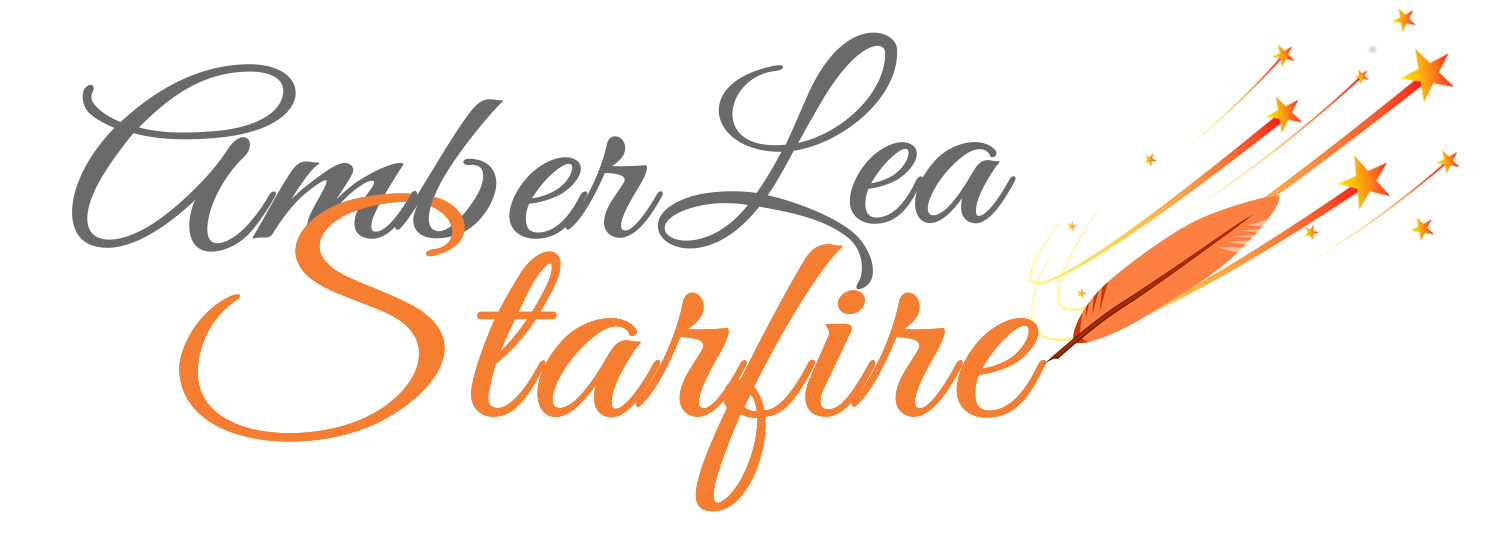WHENEVER YOU FEEL overwhelmed, find yourself doing things you really don’t want to do, or just otherwise feel that life isn’t going the way you want, you are experiencing some degree of resistance. You may tend to react by ignoring your feelings and pushing through the resistance in order to accomplish something — and end up exhausted. Or you may give up and retreat, then feel guilty for not getting anything accomplished. Either way, you lose.
Though resistance can feel negative or uncomfortable, that doesn’t mean it’s a “bad” emotion. In fact, I would argue that resistance is simply a sign that you need to pay attention to your choices and to your self-care. To understand the source and purpose of your resistance, you need to acknowledge it, listen to what it is telling you, then act on that knowledge.
Follow the three steps outlined below to dig deeper into your subconscious, expand your self-knowledge, become more aware of the effects of resistance, and let it guide you to healthier choices.
(Step 1)
Acknowledge your resistance.
Begin by writing for 10 minutes, without stopping, about whatever it is you are resisting. This is a common journaling technique known as Freewriting. I like to call it Writing the Stream. By that, I mean you are writing whatever comes into your mind, however significant or insignificant. If you are using pen and paper, do not lift your pen from the page. Keep writing. If you are using a computer, keep your fingers moving on the keyboard.
You could be writing about something big, like a change of management at work, or tension between you and your spouse. Or, it could be something small, like you have a dentist appointment or need to do the shopping — a normal everyday thing — and you notice that you’re really resisting doing it, or even thinking about it.
As you are writing, pay attention to your feelings.
Make note of whenever resistance seems particularly intense or distracting by marking your writing in some way (an asterisk and label in the margin of your paper, for example).
Write, write, write.
Keep writing. You can write about the resistance you feel, or you can write about the thing you feel resistant to until your 10 minutes are up. When you’ve completed 10 minutes of writing, go back and review that section in your entry where you noticed the most intense feelings of resistance.
(Step 2)
Locate your resistance.
Close your eyes and focus in on where those feelings reside in your body. If you’ve never done this kind of exercise before, it might seem strange to think about feelings residing in your body. But I assure you, you will be able to locate that feeling of resistance. It might, for example, be a knot in your belly, a lump in your throat, a constriction in your chest, or an ache in your lower back. Once you’ve located that feeling in your body, keep your focus there. Go as deeply into that feeling as you can. Then . . .
(Step 3)
Listen to your resistance in order to uncover the underlying fear.
Beneath our feelings of resistance is fear. The key here is to uncover that fear and find out what you need to do to feel safe.
Ask that part of your body, “What are you afraid of?” Then, wait and listen for the answer. You won’t hear an actual “voice,” but you will get an answer, via an image or thought that comes to you. It may even be a memory or a story. Whatever comes to you, write it down.
When you have written down the fear, ask, “What do you need in order to feel safe and cared for?” And again, wait for an answer and write it down.
Decide if you are willing to provide that caring action for yourself. If you are, close your eyes again and make a commitment to that resistance/fear that it will be cared for, and ask if it’s willing to relax and let you move forward. If you feel unable or unwilling to do that caring action, you may need to extend the conversation and even negotiate a little.
Finally, write about the process itself. What have you learned about yourself and your resistance by acknowledging, locating, and listening to your emotion?
This journaling process can bring you more in touch with yourself and help you to work through resistance and other uncomfortable feelings with greater consciousness, clarity, and self-compassion.







good stuff, Amber. I agree. Finding the source of the fear or anxiety truly helps in dealing with writing resistance. Often times, my fear is not even related to writing. I have some anxieties or fears in my personal life that I allow to grow without addressing them. Therefore, I need to pause as you suggest and detach long enough to get a balance and perspective. Happy Holidays, Amber!
Yes, these steps work to identify the underlying fear causing resistance for any kind of activity (or even person) in our lives. And happy holidays to you, too, Sara 🙂
Hi Amber,
Thanks for the nice read. I’ve been journaling daily for the last 5 years and share your opinions. Journaling is probably my most valuable habit, especially in hectic times. It allows me to free my mind, and that alone feels great.
Looking forward to more articles! You have a new fan 🙂
Thank you, Hugo, for joining the discussion. It’s great to see you here, and I look forward to reading more about your journaling experiences.
Thank you so much for this exercise! I needed to know why I felt unmotivated and uncertain about a lot. It was a fear of being wrong. Now, I can take care of this fear now that I am aware of it. This helped me do just that. I feel motivated and determined.
Neil, I’m so glad this was helpful for you. (You made my day 🙂